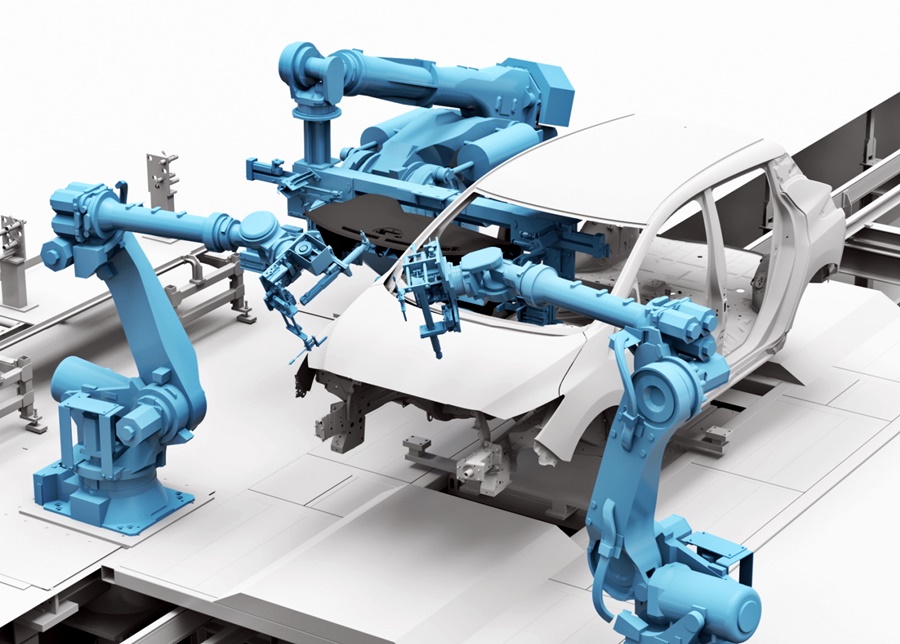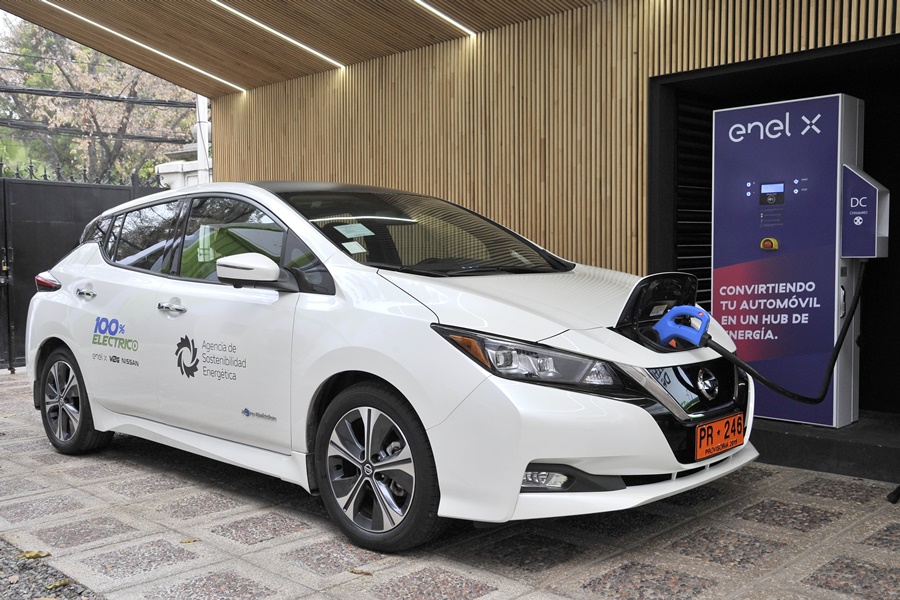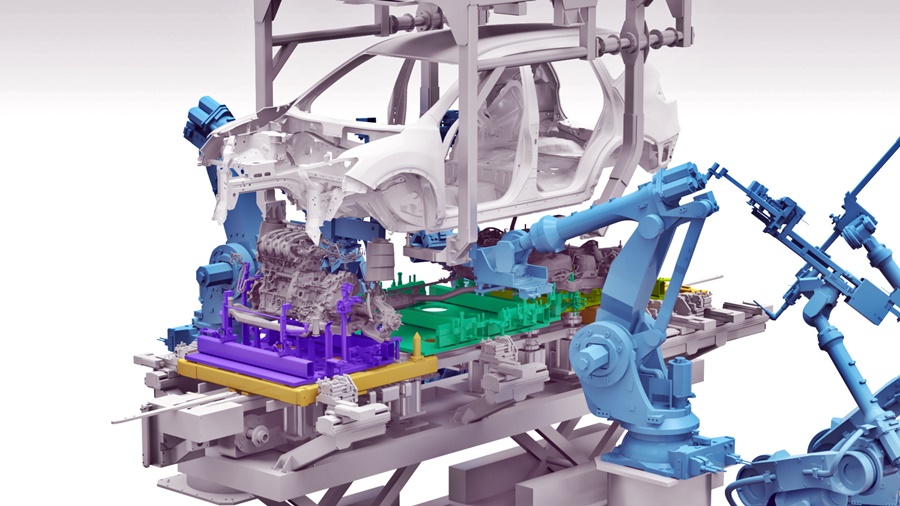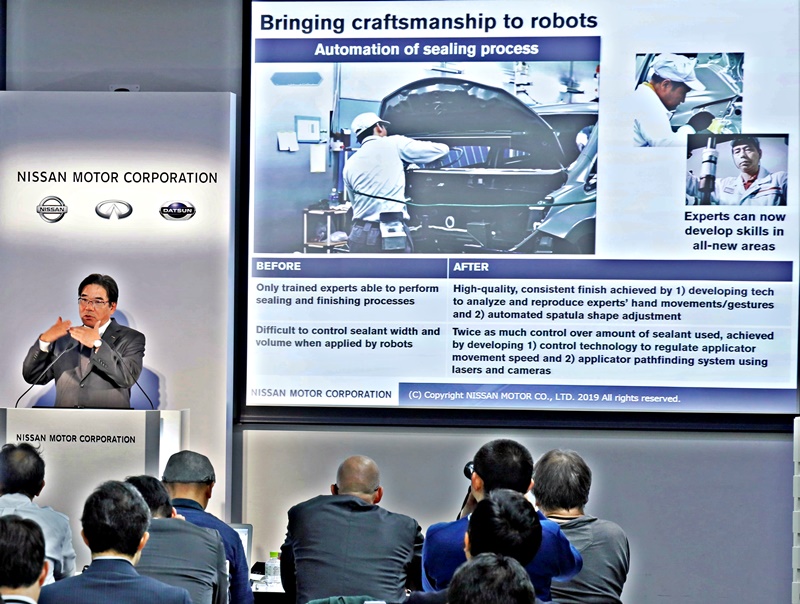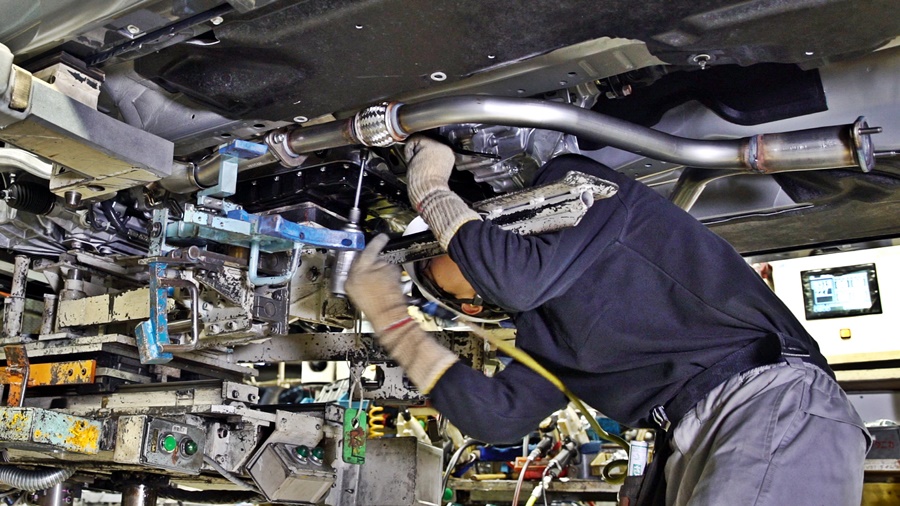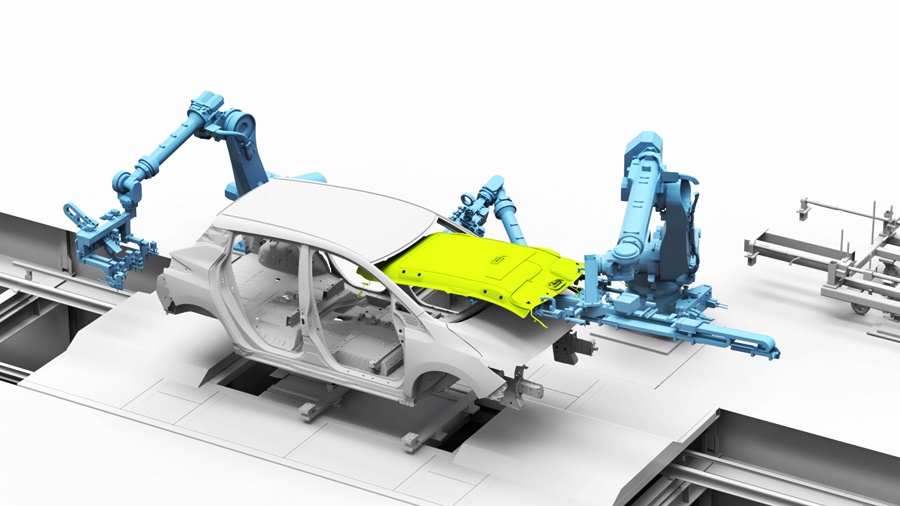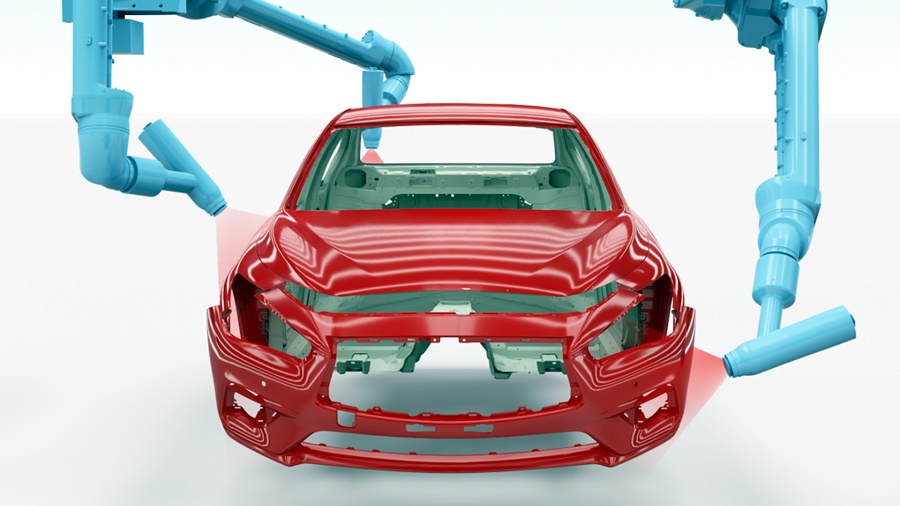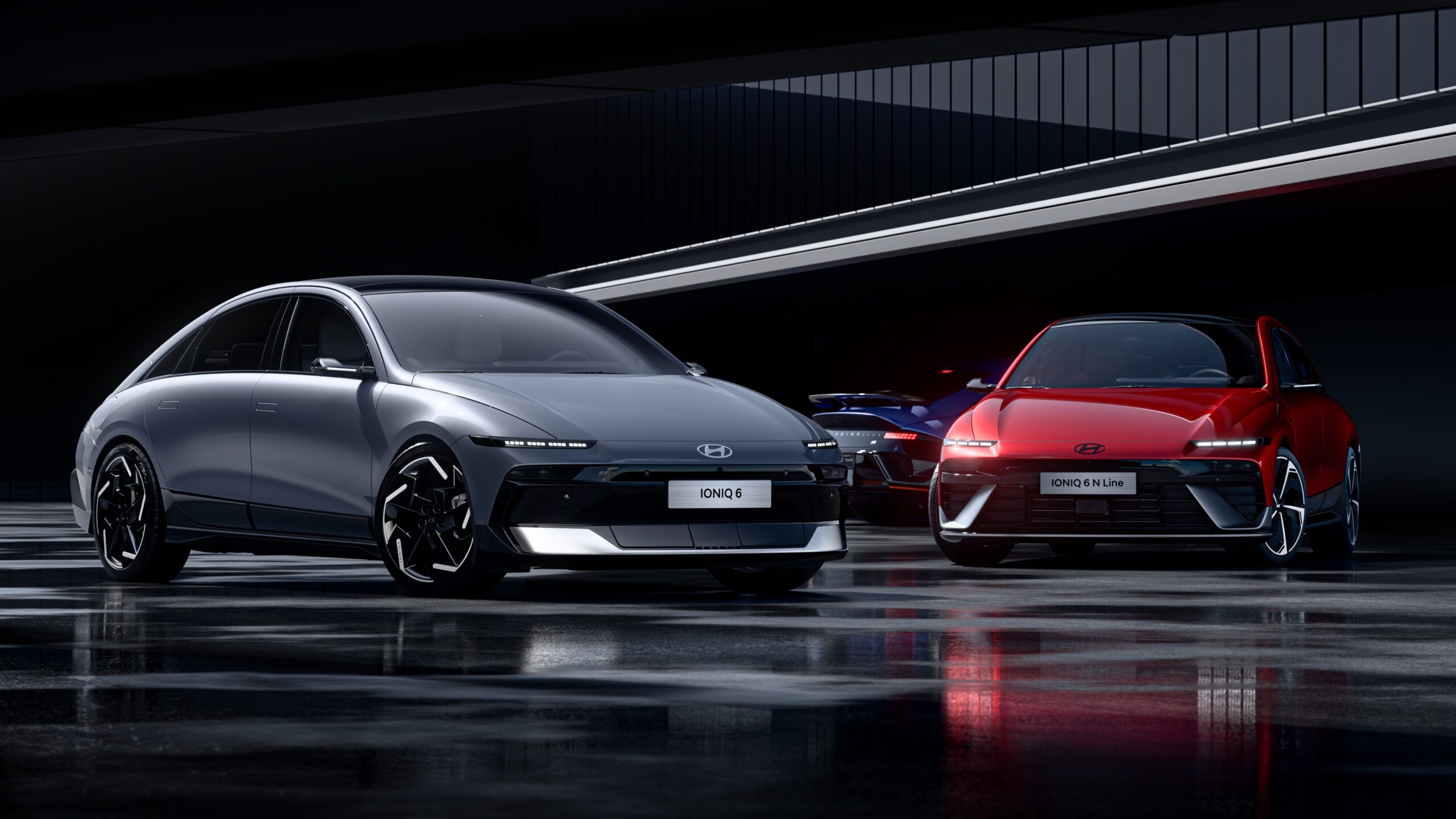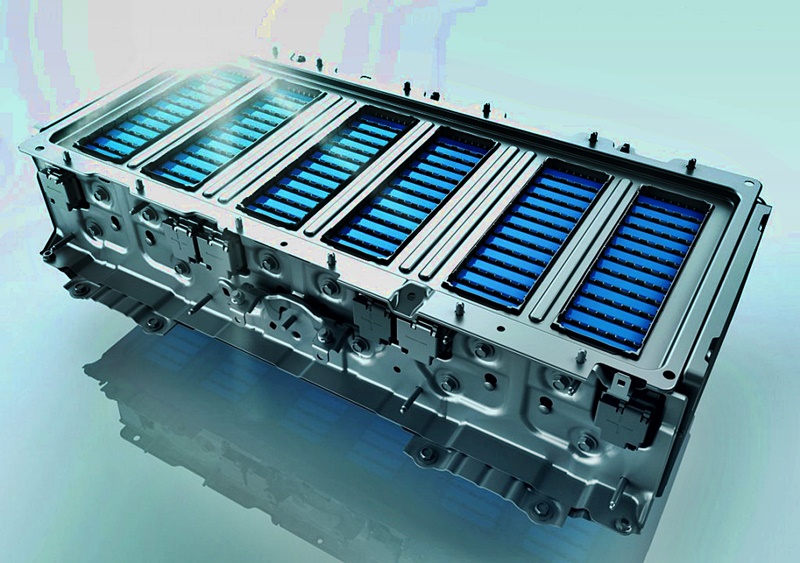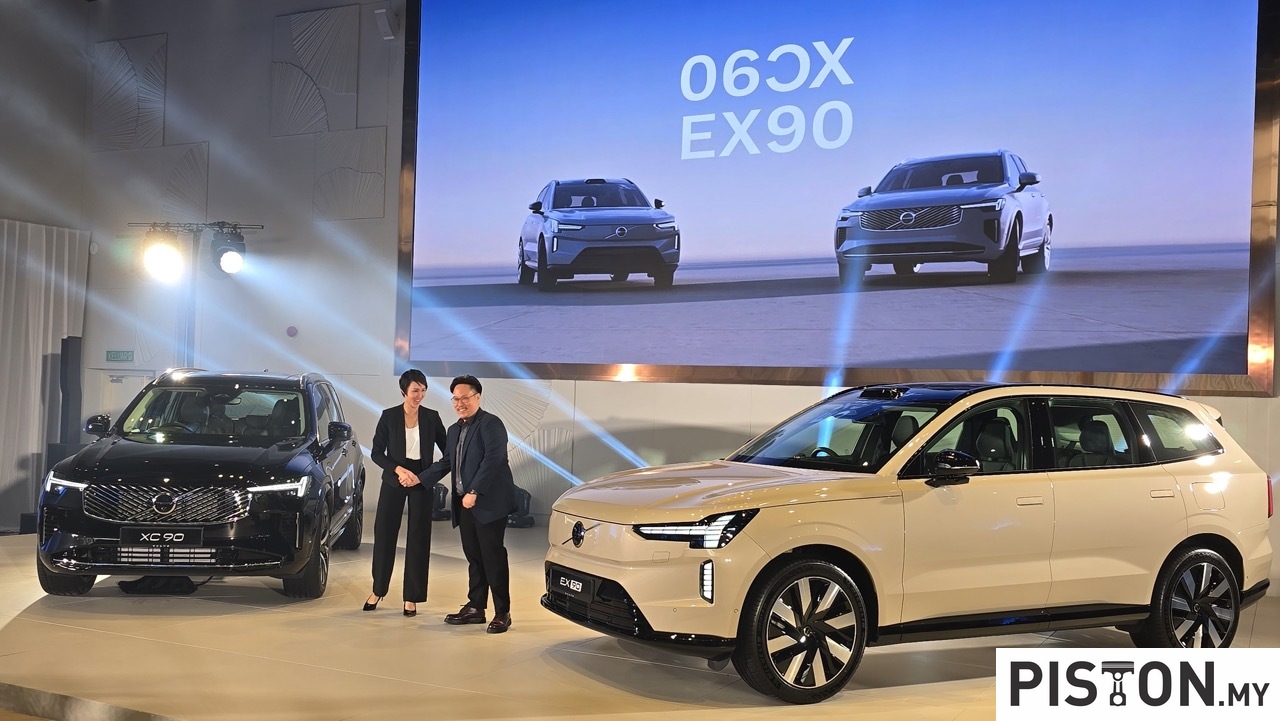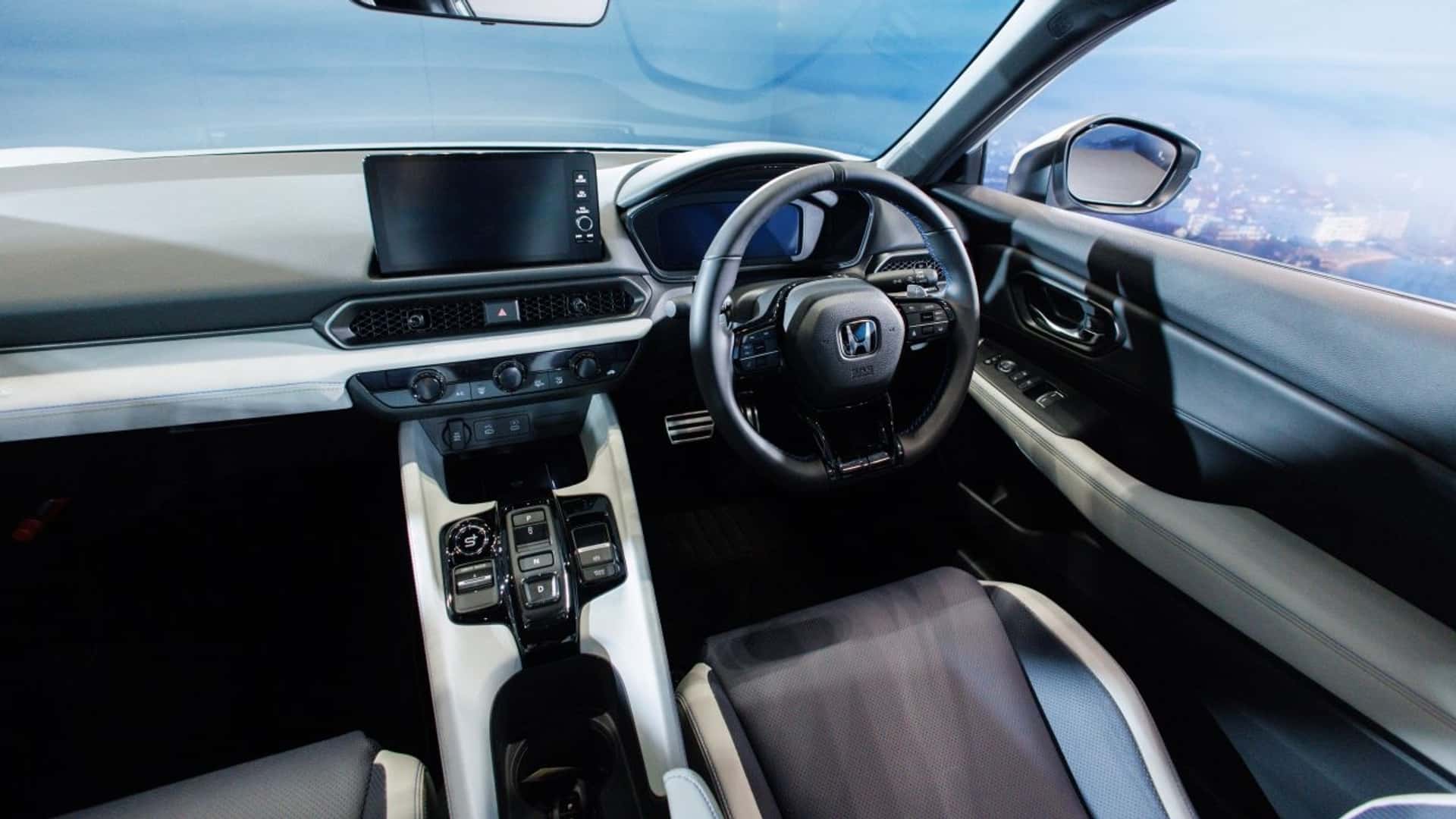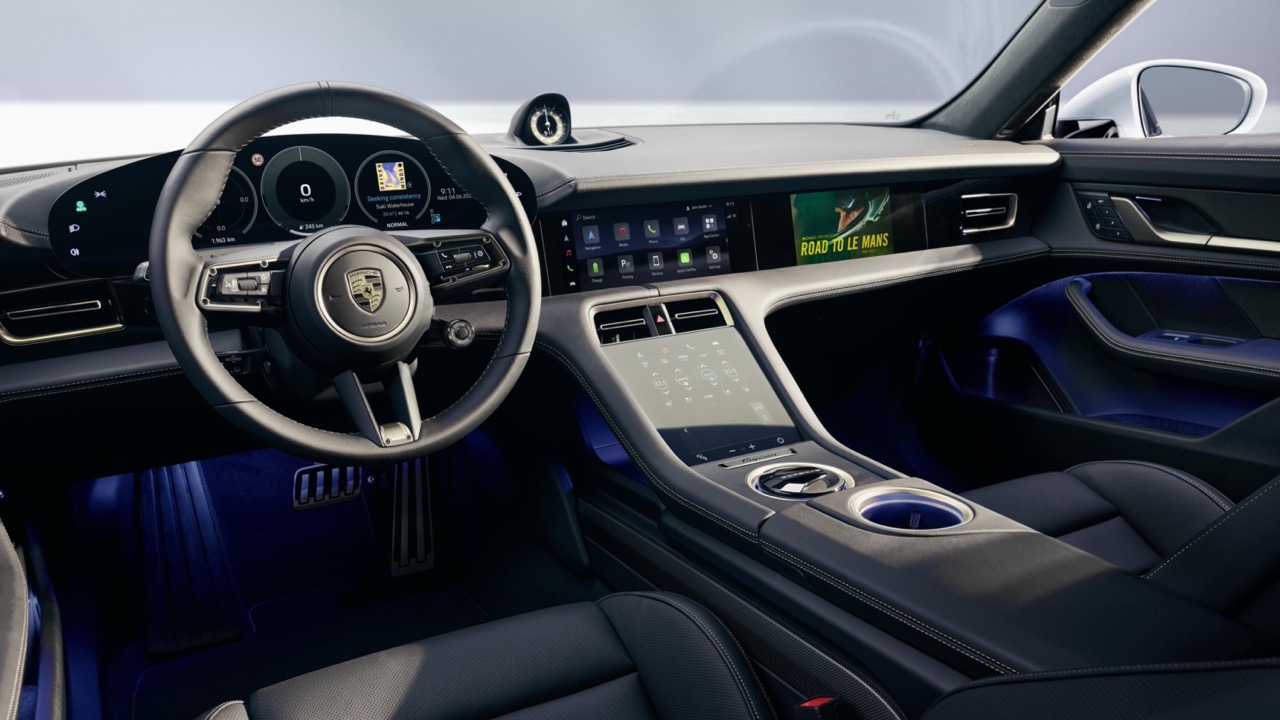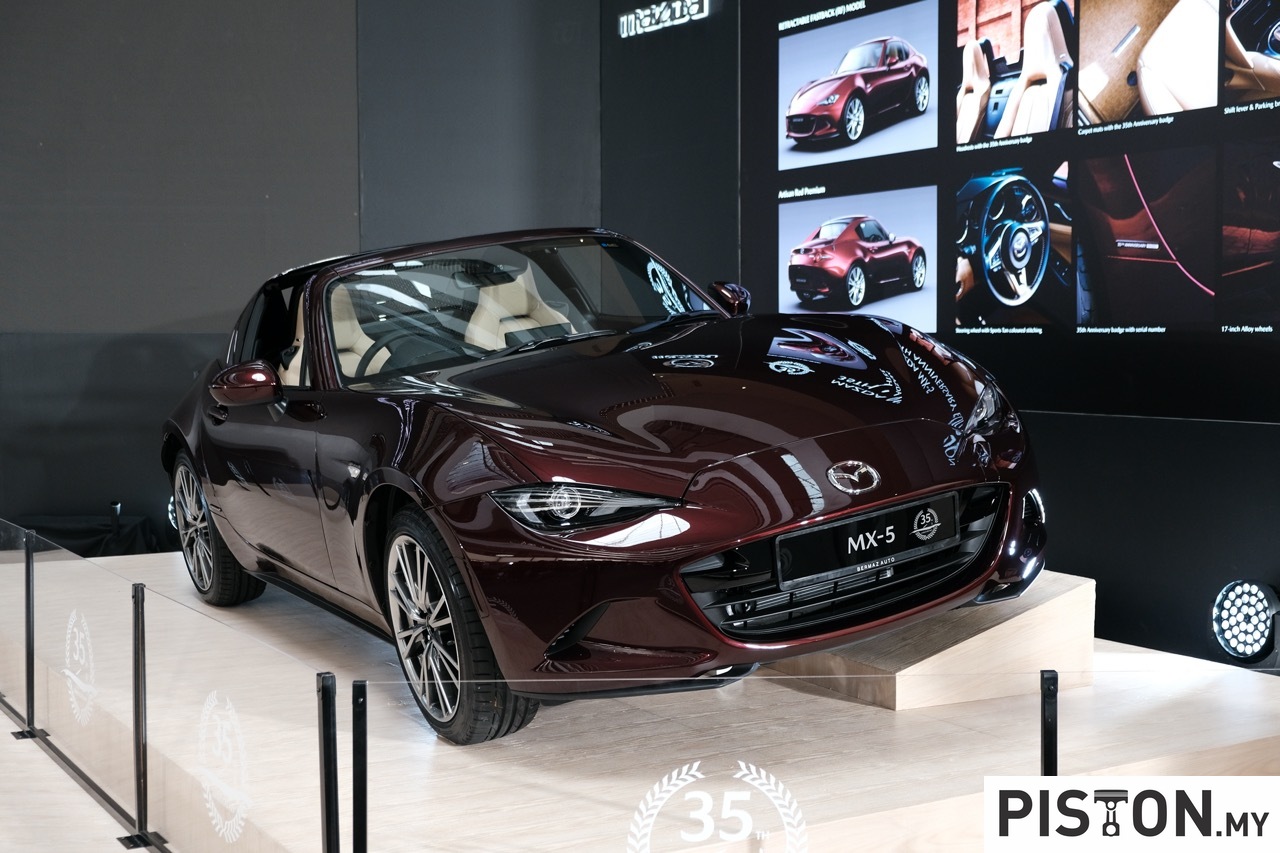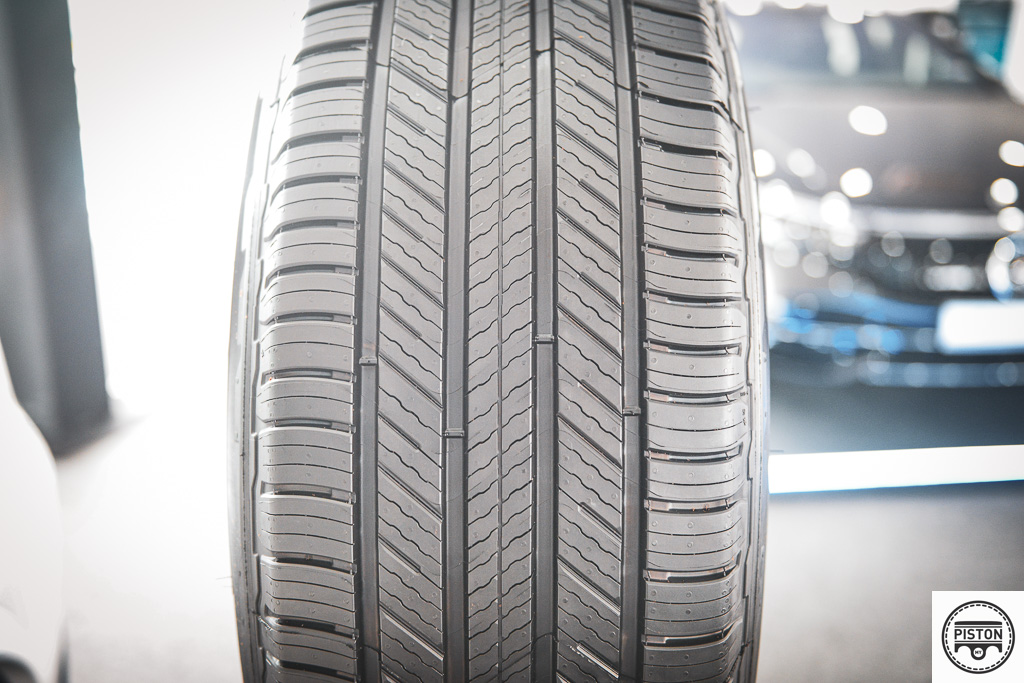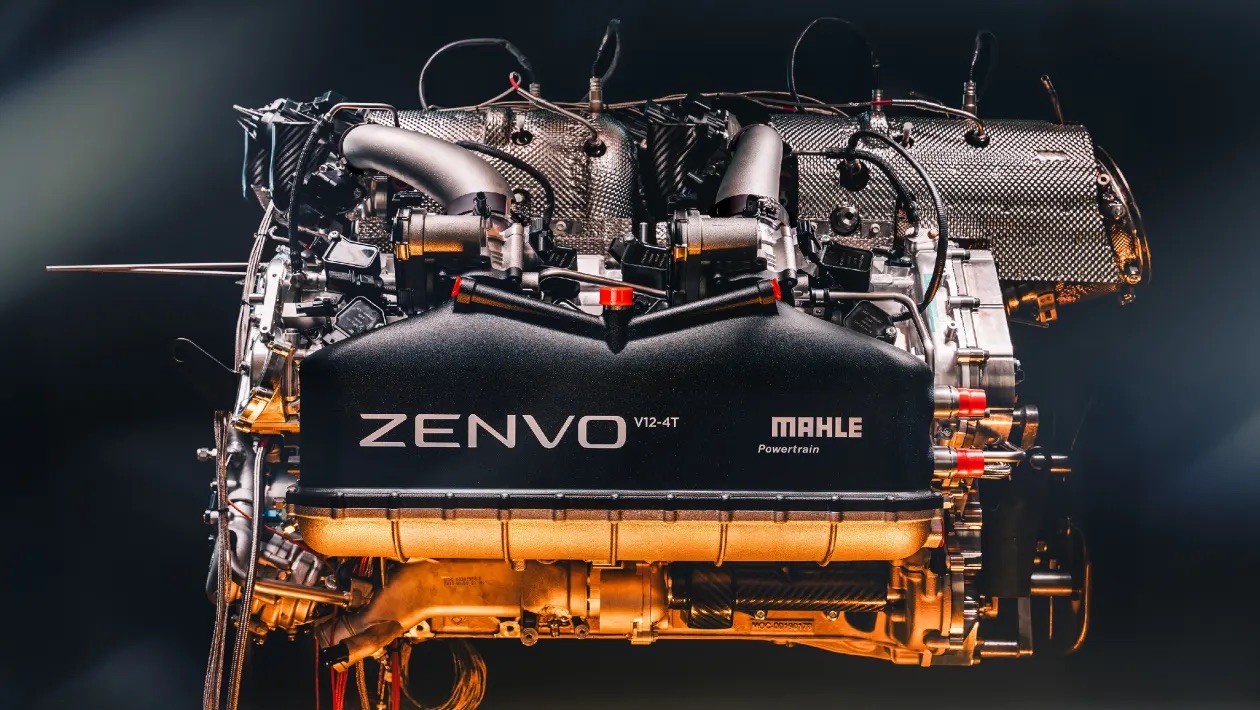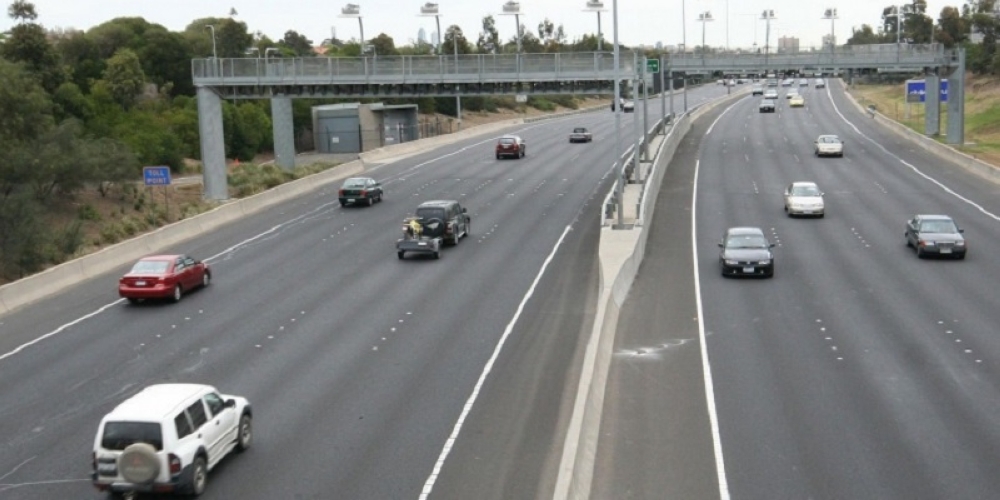Manufacturing technology in the Japanese auto industry has been constantly improving, enabling carmakers to deliver products that are of higher quality. Initially, the technologies were used in Japan but with the globalisation of the industry today, factories all over the planet also serve as production hubs for certain models, so they too need to have the best technologies for making their vehicles.
In view of this, Nissan will make a substantial investment in advanced technologies and equipment for its factories around the world. Following an initial investment of about 33 billion yen at the company’s Tochigi Plant in Japan, the technologies will be rolled out across factories globally.
Necessary for new generation of vehicles
These innovations will help deliver a new generation of electrified and intelligent automobiles (like the Nissan LEAF pictured above) that embody the company’s Nissan Intelligent Mobility vision, while also making production operations more flexible, efficient and sustainable. This latest investment represents a necessary rethinking of conventional car-making and tackles the structural and technical challenges of producing vehicles that will lead the industry in a new era of electrification and intelligence.
“We’re facing an unprecedented evolution in the capabilities of our vehicles,” said Hideyuki Sakamoto, Nissan’s Executive Vice-President on charge of manufacturing and supply chain management. “Our job is to make this evolution a reality by rethinking how we build cars. This will also mean shifting the efforts of our expert technicians from techniques they’ve already mastered to new, unexplored areas.”
Building the future of mobility
Nissan’s next generation of cars will be electrified, intelligent and connected. They will be ‘electronics-dense’ and use many materials which are new. This adds new complexity to design and construction, requiring major advancements in production engineering.
One such advancement is the Universal Powertrain Mounting System (shown above) developed by Nissan’s Production Engineering Research and Development Centre. Mounting powertrains in cars is a lengthy process and strenuous work for assembly line staff, who must install multiple components in sequence. Nissan’s new system uses an automated pallet to mount the entire powertrain at once.
The system measures the car’s dimensions in real time during mounting, and the pallet makes micro-adjustments accordingly. This ensures that powertrains are installed to within a small fraction of a millimetre’s accuracy. The new system is also highly adaptable. The same pallet can mount three types of powertrains (internal combustion engine, e-POWER and pure electric), and can assemble and mount 27 different powertrain module combinations.
Bringing craftsmanship to robots
Robots have the advantage of high-speed production and consistent quality, enabling faster and higher output of vehicles. However, they are not so good when there are variations and Nissan has developed certain specialist skills and processes that, until now, could only be performed by trained craftspeople. Through an intensive collaborative process, Nissan’s craftspeople and engineers have digitized parts of these delicate processes and ‘trained’ robots to perform them around the clock. This will allow the craftspeople to focus on new, unexplored areas of expertise.
Making better workplaces with robots
When robots were first used, one of the benefits was that they could do jobs that were dangerous or strenuous for humans, like welding body parts together. Robots can perform such tasks efficiently, freeing workers to perform more valuable jobs elsewhere on the line. This also improves ergonomics, making factories easier places to work.
One example is the installation of a headliner, the overhead layer of material on the inside of a car’s roof. Workers must enter each vehicle’s cabin to perform this physically demanding job. The task has become even harder as cars come with more connected features, adding to the number of devices in and around the headliners.
Nissan’s solution is to use robots to insert the headliner through the front of the vehicle and then fasten it. Sensors monitor changes in pressure and use a proprietary logic system to determine when the clips have snapped securely into place.
Lower environmental impact
Nissan is also working to reduce the environmental impact of building cars. Changes in the painting process are especially noticeable. Car bodies must usually be painted at high temperatures because the viscosity of paint is hard to control at lower temperatures. By contrast, bumpers are made of plastic, so they need to be painted at low temperatures. This requires two separate painting processes for one vehicle.
Nissan has developed a water-based paint that maintains the right viscosity at low temperatures, so that bodies and bumpers can be painted together. This will cut carbon dioxide emissions from the process by 25%. Nissan will also use a water-free painting booth that makes it possible to collect all waste paint and reuse it in other production processes.
“These new technologies and innovations are at the heart of the company’s competitiveness,” said Sakamoto. “They will be rolled out globally in the coming years, underpinning the future of Nissan Intelligent Mobility and reinforcing our status as a leader in technology.”
Nissan has developed new technology to make custom body parts faster and at lower cost




